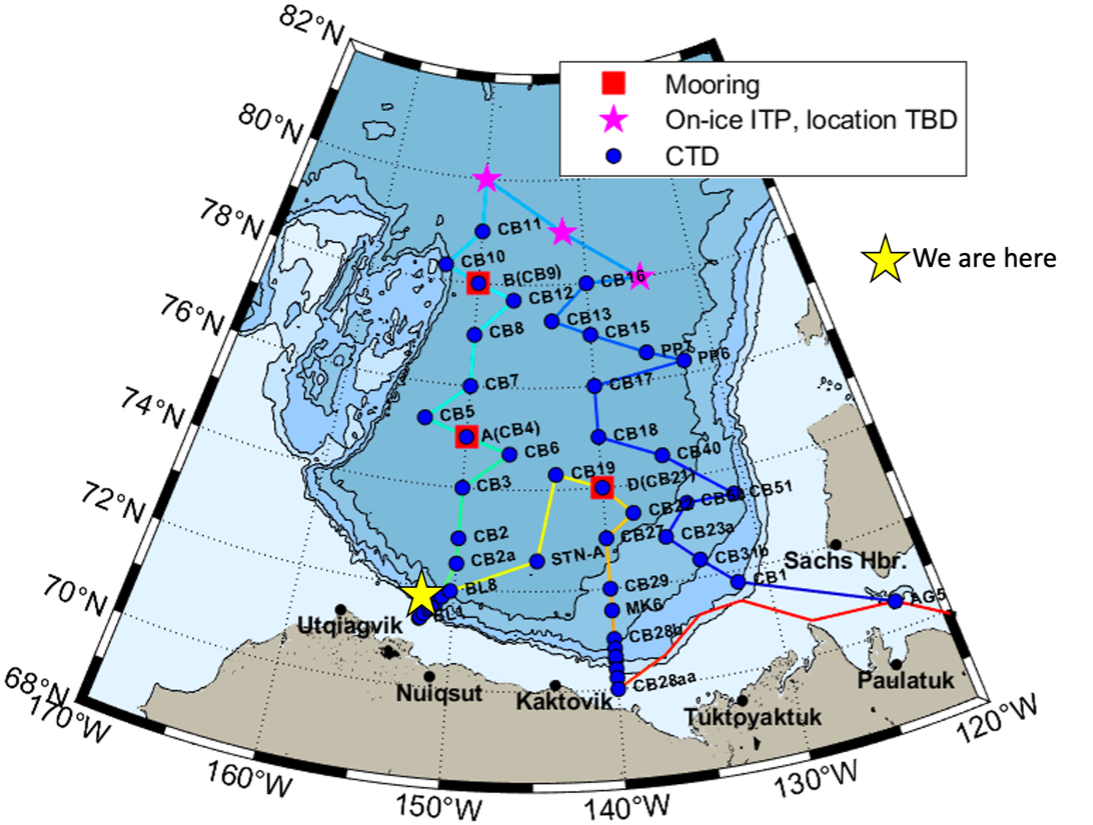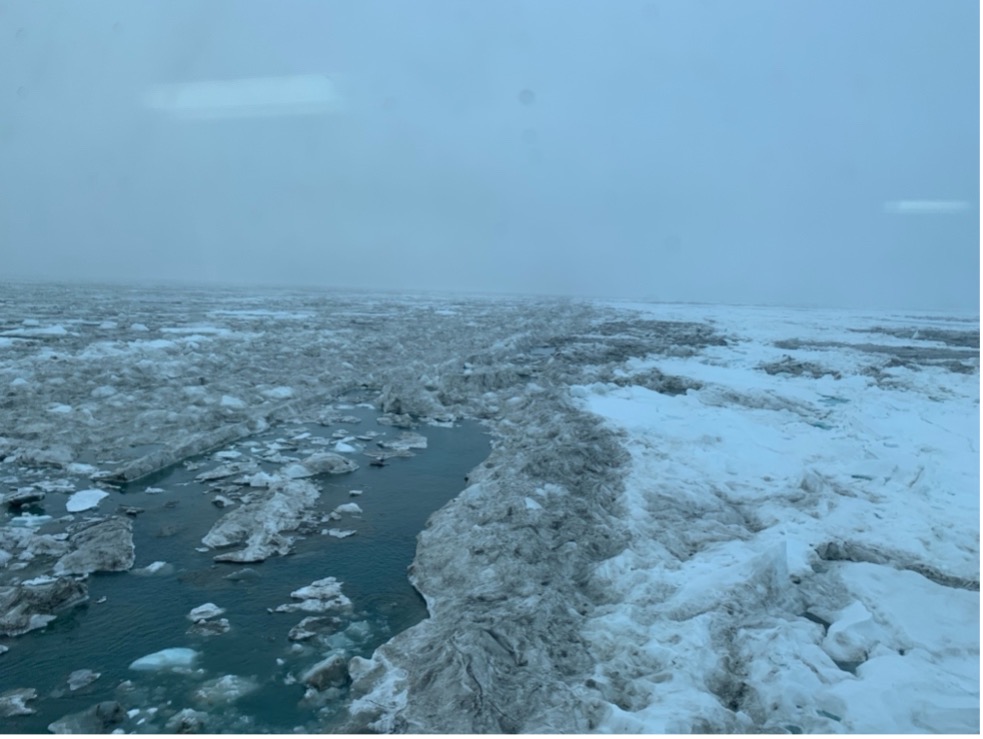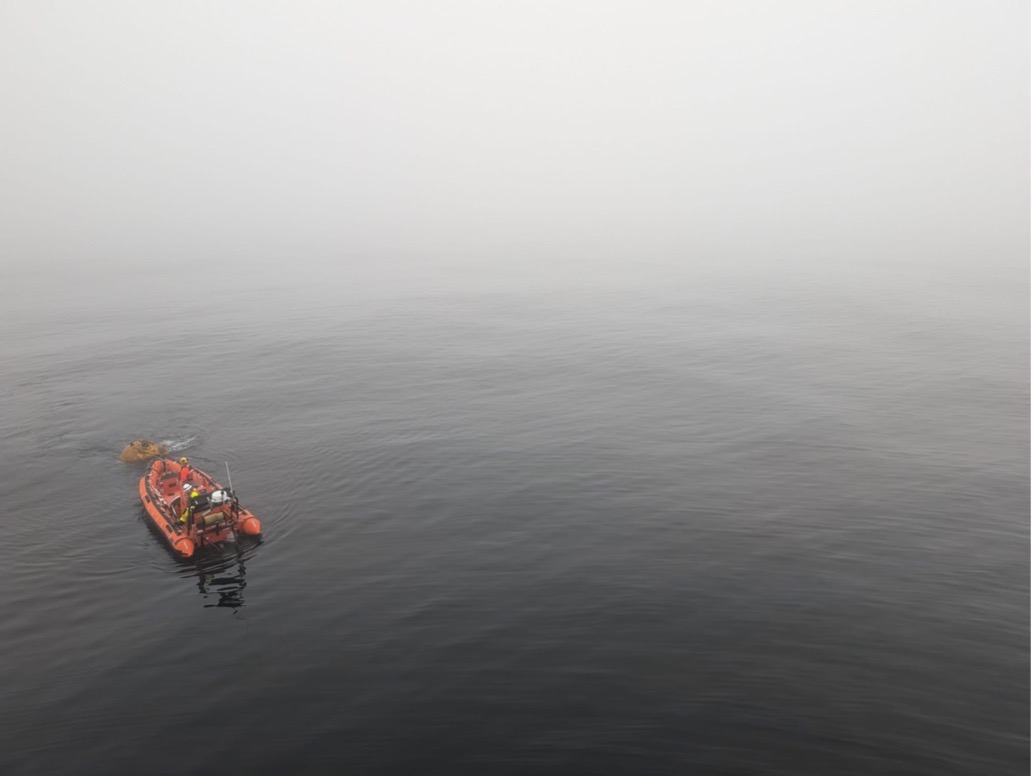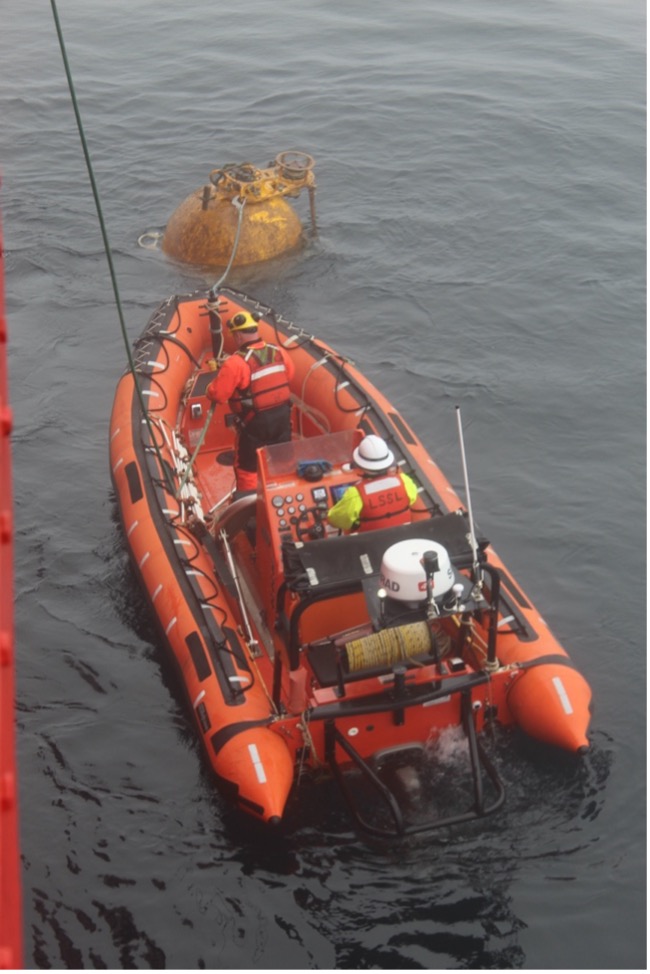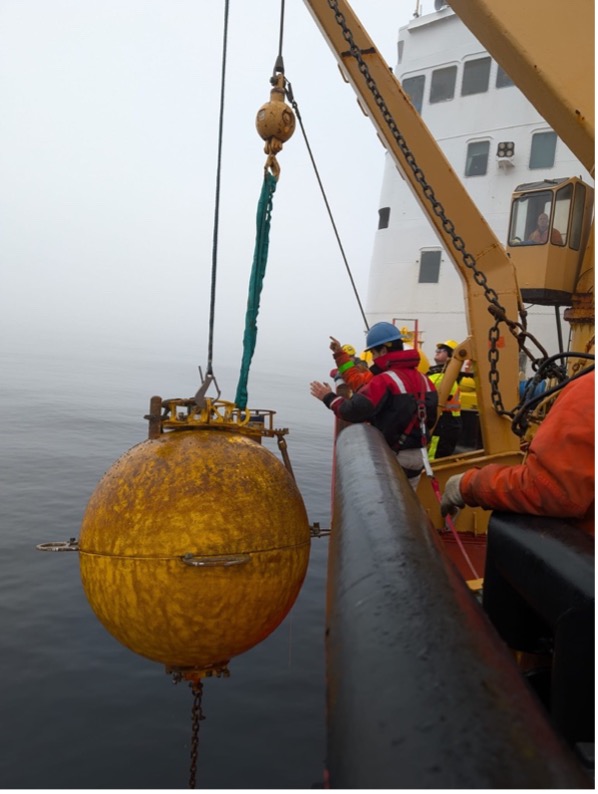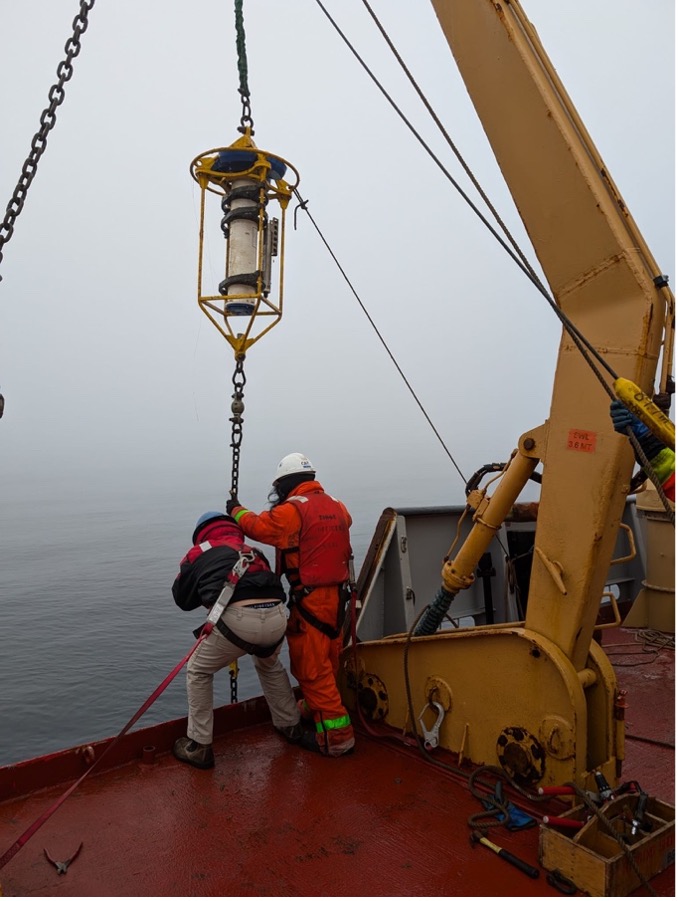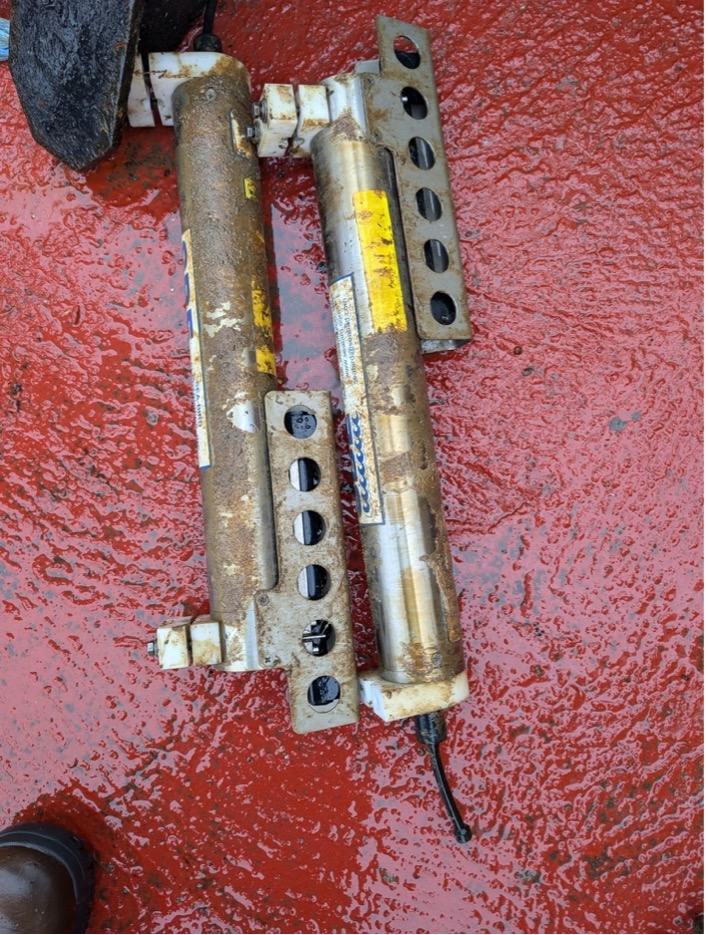Dispatch 19: BL Line finished, Mooring AON BS-3 Rescued!
Ashley Arroyo (Yale University)
September 17, 2024
19:00 UTC, 71.23°N 152.03°W
Conditions:
- Foggy
- 0% sea ice cover
- 1°C
- Winds 5.3 knots northeasterly
- Sunrise: 16-Sep-2024 09:23:47 -06
- Sunset: 16-Sep-2024 22:44:33 -06
- Day length: 13h 20mn 46s
Throughout the early hours of the morning, the night-watch finished up the latter half of the BL Line. The last station of the line, BL-1, was brought back on deck just before lunchtime. Once the BL Line was officially finished (Woohoo!), the Louis began to steam towards a mooring recovery site. The mooring we were looking to recover, Mooring AON BS-3, is not one of the Beaufort Gyre Observing System (BGOS) moorings (A, B, or D) – Mooring AON (Arctic Observing Network) BS-3 is a component of Bob Pickart’s (WHOI) project. Bob Pickart and his team were in the Arctic in July on an expedition aboard the R/V Sikuliaq, with hopes of recovering the mooring. Unfortunately, thick ice in the region presented challenging conditions for a mooring recovery. The moorings’ yellow surface sphere is unlikely to break through the sea ice, making it difficult to locate and retrieve.
Mooring AON BS-3 housed two years’ worth of ocean data, including measurements of temperature, salinity, velocity, and even marine mammal acoustics! Due to this large amount of valuable data, the decision was made to recover the mooring after the BL Line stations wrapped up. Once the science team onboard retrieved the position of the mooring, Jeff O’Brien sent a signal for it to be released from its anchor. The conditions were extremely foggy, making it difficult to spot the yellow surface sphere. Luckily, Chief Officer John Maclellan and deckhand Jerome Sibley boarded the Fast Rescue Craft (FRC), from which they clipped the yellow sphere and brought it to where it could be winched on deck. Unlike the deep BGOS moorings, the surface sphere and instruments on the mooring were covered in algae, because of high biological activity in the coastal waters. Before being secured, the mooring equipment was power washed by Mary-Louise Timmermans and the rest of the team to remove the biological material.
The Louis is now steaming northeast at ~10 knots to Station-A, where we will complete CTD/bongo net casts.
